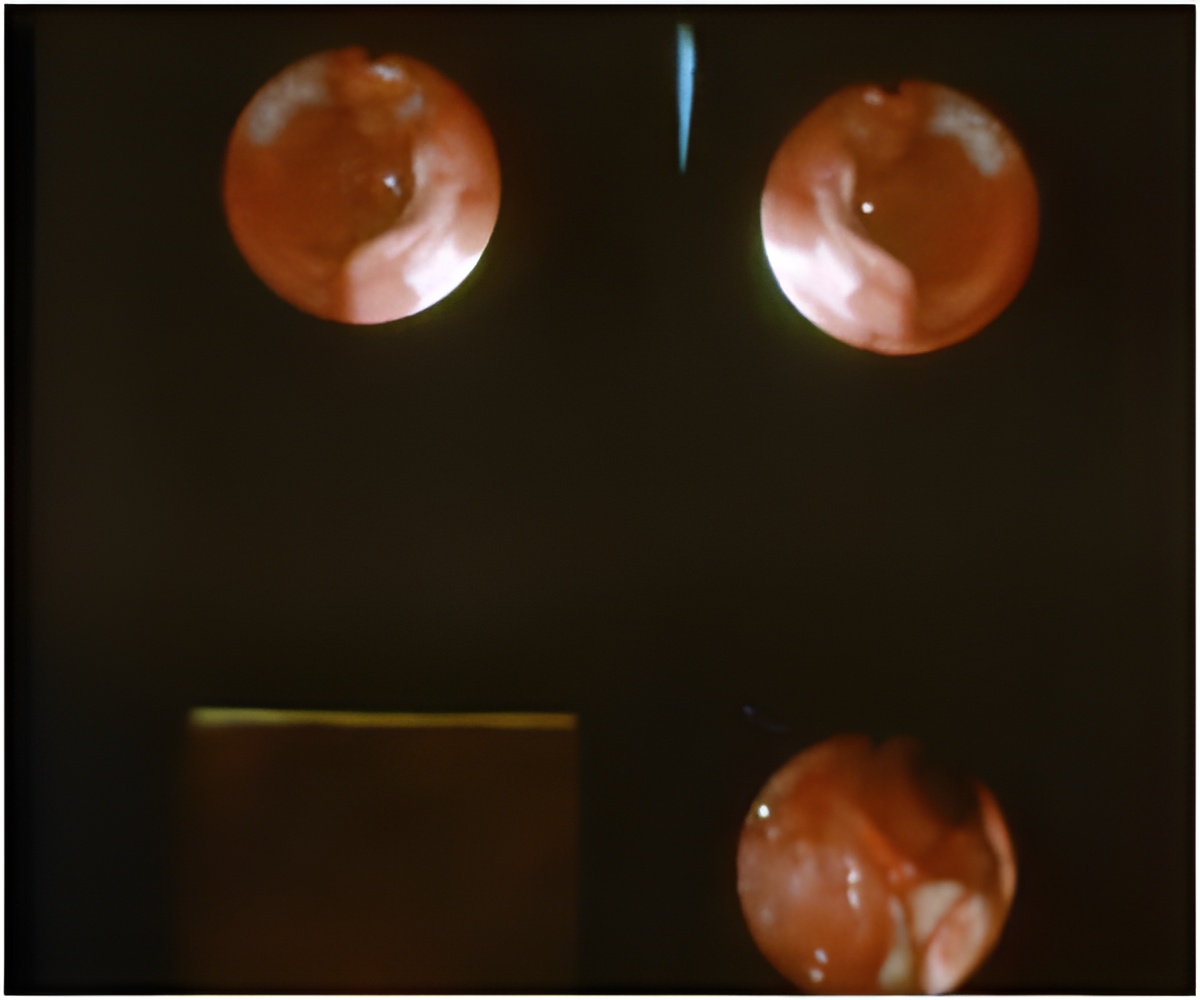A new study has showed how the 'sugar coating' in a living cell's surface gets thick and pronounced on cancer cells and is a crucial determinant of the cell's survival.

Consisting of long, sugar-decorated molecules called glycoproteins, the coating causes physical changes in the cell membrane that make the cell better able to thrive – leading to a more lethal cancer.
Matthew Paszek, assistant professor of chemical and biomolecular engineering at Cornell and Valerie Weaver, at the University of California, San Francisco, led the study on glycoprotein-induced cancer cell survival, published online in Nature.
The researchers found that long glycoprotein chains on a cancer cell's surface cause the cell membrane to push away from its environment and bend inward. This physical change causes adhesion receptors on the cell surface called integrins to clump together. Integrins bind to protein scaffolds in their environment and regulate pretty much everything a cell does – movement, change and growth.
This clustering mechanism causes the integrins to alter the cell's normal signaling, leading to unchecked growth and survival.
"Changes to the sugar composition on the cell surface could alter physically how receptors are organized," he said. "That's really the big thing: coupling the regulation of the sugar coating to these biochemical signaling molecules."
 MEDINDIA
MEDINDIA




 Email
Email









